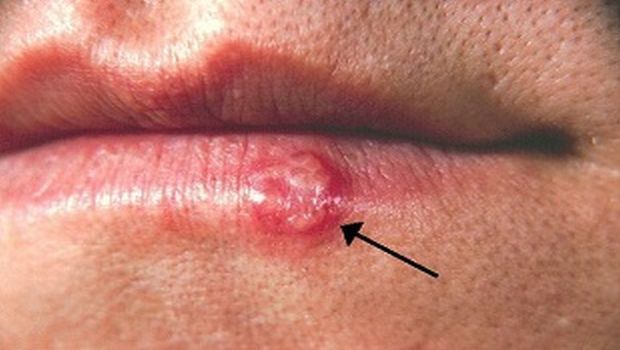Two-Thirds of the Global Population Under 50 are Infected With Herpes Simplex Virus Type 1


More than 3.7 billion people under the age of 50 – or 67 percent of the population – are infected with herpes simplex virus type 1 (HSV-1), according to the World Health Organization (WHO)’s first global estimates of HSV-1 infection published today in the journal PLOS ONE.
Herpes simplex virus is categorized into 2 types: herpes simplex virus type 1 (HSV-1) and herpes simplex virus type 2 (HSV-2). Both HSV-1 and HSV-2 are highly infectious and incurable. HSV-1 is primarily transmitted by oral-oral contact and in most cases causes orolabial herpes or cold sores around the mouth. HSV-2 is almost entirely sexually transmitted through skin-to-skin contact, causing genital herpes.
The new estimates highlight, however, that HSV-1 is also an important cause of genital herpes. Some 140 million people aged 15-49 years are infected with genital HSV-1 infection, primarily in the Americas, Europe and Western Pacific. Fewer people in high-income countries are becoming infected with HSV-1 as children, likely due to better hygiene and living conditions, and are instead at risk of contracting it genitally through oral sex after they become sexually active.
“Access to education and information on both types of herpes and sexually transmitted infections is critical to protect young people’s health before they become sexually active,” says Dr. Marleen Temmerman, director of WHO’s Department of Reproductive Health and Research.
In January, WHO estimated that 417 million people aged 15-49 years have HSV-2 infection, which causes genital herpes. Taken together, the estimates reveal that over half a billion people between the ages of 15-49 years have genital infection caused by either HSV-1 or HSV-2.
“The new estimates highlight the crucial need for countries to improve data collection for both HSV types and sexually transmitted infections in general,” says Temmerman.
Given the lack of a permanent and curative treatment for both HSV-1 and HSV-2, WHO and partners are working to accelerate development of HSV vaccines and topical microbicides, which will have a crucial role in preventing these infections in the future. Several candidate vaccines and microbicides are currently being studied.
Regional infection estimates
Estimates for HSV-1 prevalence by region among people aged 0-49 in 2012:
Americas: 178 million women (49%), 142 million men (39%)
Africa: 350 million women (87%), 355 million men (87%)
Eastern Mediterranean: 188 million women (75%), 202 million men (75%)
Europe: 207 million women (69%), 187 million men (61%)
South-East Asia: 432 million women (59%), 458 million men (58%)
Western Pacific: 488 million women (74%), 521 million men (73%)
Estimates of new HSV-1 infections among people aged 0-49 in 2012:
Americas: 6 million women, 5 million men
Africa: 17 million women, 18 million men
Eastern Mediterranean: 6 million women, 7 million men
Europe: 5 million women, 5 million men
South-East Asia: 13 million women, 14 million men
Western Pacific: 11 million women, 12 million men
Herpes is a lifelong infection, which often has mild or no symptoms but can be detected by the presence of antibodies for HSV-1 or HSV-2 in the blood. It is difficult to determine the proportion of HSV-infected people worldwide who have symptomatic disease, as symptoms may be mild or simply not recognized as herpes. In the United States of America, about 15 percent of people with HSV-2 infection report a prior diagnosis of genital herpes.
When genital herpes symptoms do occur, they take the form of one or more painful genital or anal blisters or ulcers. Herpes symptoms can be treated with antivirals, but after an initial episode, symptoms can recur. Recurrences of genital herpes due to HSV-1 are generally much less frequent than for HSV-2.
Transmission of HSV most often occurs without symptoms. The virus can have a significant negative impact upon an infected person’s mental wellness and personal relationships.
People with orolabial herpes symptoms may face social stigma, and can experience psychological distress as a result. In people with weak immune systems, such as those with advanced HIV infection, HSV-1 can have more severe symptoms and more frequent recurrences. Rarely, HSV-1 infection can also lead to more serious complications such as encephalitis or ocular disease.
WHO is currently working on the development of a global health sector strategy for sexually transmitted infections (STIs), including for HSV-1 and HSV-2, to be finalized for consideration at the 69th World Health Assembly in 2016.
Source: WHO
Robust infectious disease surveillance, including rapid subtyping of influenza A, is essential for early detection, containment, and public health reporting of novel viral threats.